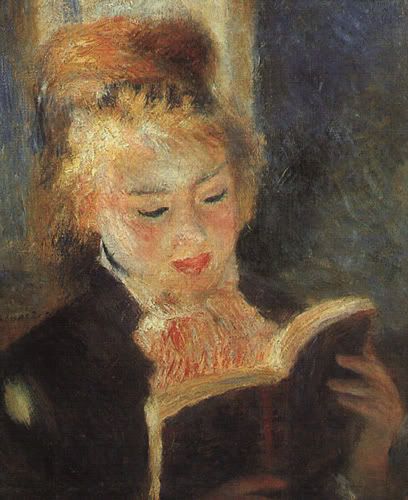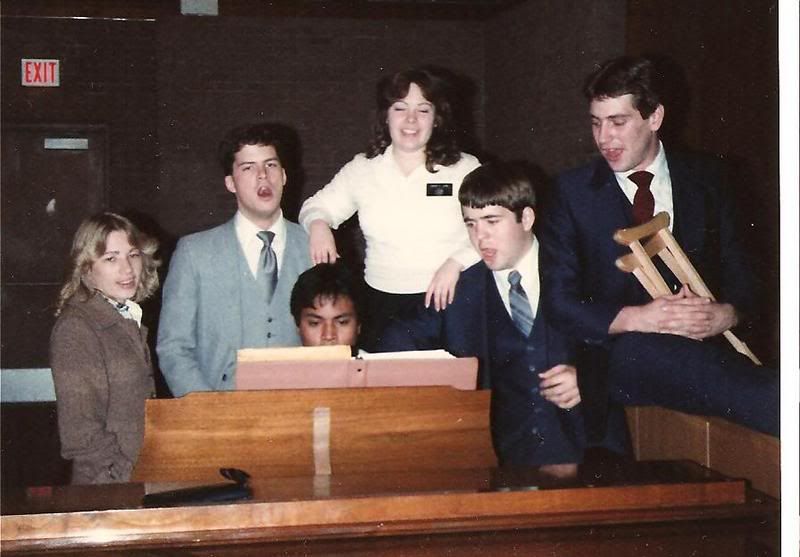This was originally posted at The Cultural Hall. Go there for comments.My daughter went off for her first semester at BYU and called me a week later, very upset. She couldn’t really articulate the cause of her agitation. The only explanation she had was that “all the girls here are blonde.”
“Surely,” I replied, “not all the girls are blonde.” Even when I was at BYU years ago there were different ethnicities represented at BYU.
“Yes,” she insisted, “everyone is blonde.”
I later learned that my daughter was reacting to the homogeneity of thought that one often encounters among large Mormon populations. This daughter had attended a very large high school with very few Mormon students. She had developed her own ideas, politics, and moral code while remaining true to LDS standards. When she went to BYU she discovered that it is difficult to be perceived as righteous if you are not wearing the “right” style of clothing, for example. Or if you don’t belong to the “right” political party. (pun intended)
These things that I believe are completely non-essential to being a believing Latter-Day Saint are emphasized to a greater or lesser extent within the stakes and wards of the Church. While still in a student ward, I had two children ages 1 and 2 and one on the way. I was perceived as being a thoroughly faithful TBM while others who were pursuing graduate degrees and had postponed their families were suspect. (little did they know I was clandestinely studying early Mormon history and post-Manifesto polygamy!)
For a while I believed this situation was improving in the Church. The word “diversity” was beginning to be mentioned in many Relief Society settings in a positive way. In a 1991 General RS meeting, for example, Chieko Okasaki, herself one of the few examples of racial diversity in the governing bodies of the Church said: look around the room you are in. Do you see women of different ages, races, or different backgrounds in the Church? Of different educational, marital, and professional experiences? Women with children? Women without children? Women of vigorous health and those who are limited by chronic illness or handicaps? Rejoice in the diversity of our sisterhood! At the time, my daughter was 6 years old. In the late 1980’s and early 1990’s there were several strong voices celebrating diversity in the Church.
But there soon came a retrenchment in thought regarding diversity. In 1996 in a news article announcing that more than half of Church members now lived outside the United States, Dallin H. Oaks was quoted as saying that that the growing diversity among the members is simply a condition, not a Church goal. The real goal is unity, not diversity, he wrote.
Boyd K. Packer said in 2003: If they throw the word diversity at you, grab hold of it and say, “I am already diverse, and I intend to stay diverse.” If the word is tolerance, grab that one, too. After the turn of the century (2000), one is hard pressed to find a positive mention of the word diversity in talks by Church leaders. The sole example I could find (in an admittedly quick search) was by Gordon B. Hinckley in CR May 2006 where he emphasizes the need for greater kindness in “accommodating” diversity and specifically mentions racial diversity. However, in almost the same breath, he lambastes men who will not go to work and force their wives to have a career to support the family.
By the time my child went off to BYU, there was perhaps greater actual racial diversity than I encountered there in the early ‘80’s, but less tolerance for other areas of diversity. Thus her perception of all the BYU coeds as being blonde.
I appreciate the efforts of John Dehlin and the “NOM movement” to legitimize those who diverge in a wide range of areas. There are those who believe that diversity can strengthen the Church, and those who fear it, especially when it manifests itself in religious thought. I have come to no certain conclusions about the matter. I only hope that I and my daughter have a place in this Church, for we are both brunettes.
Labels: about me, Mormon culture












